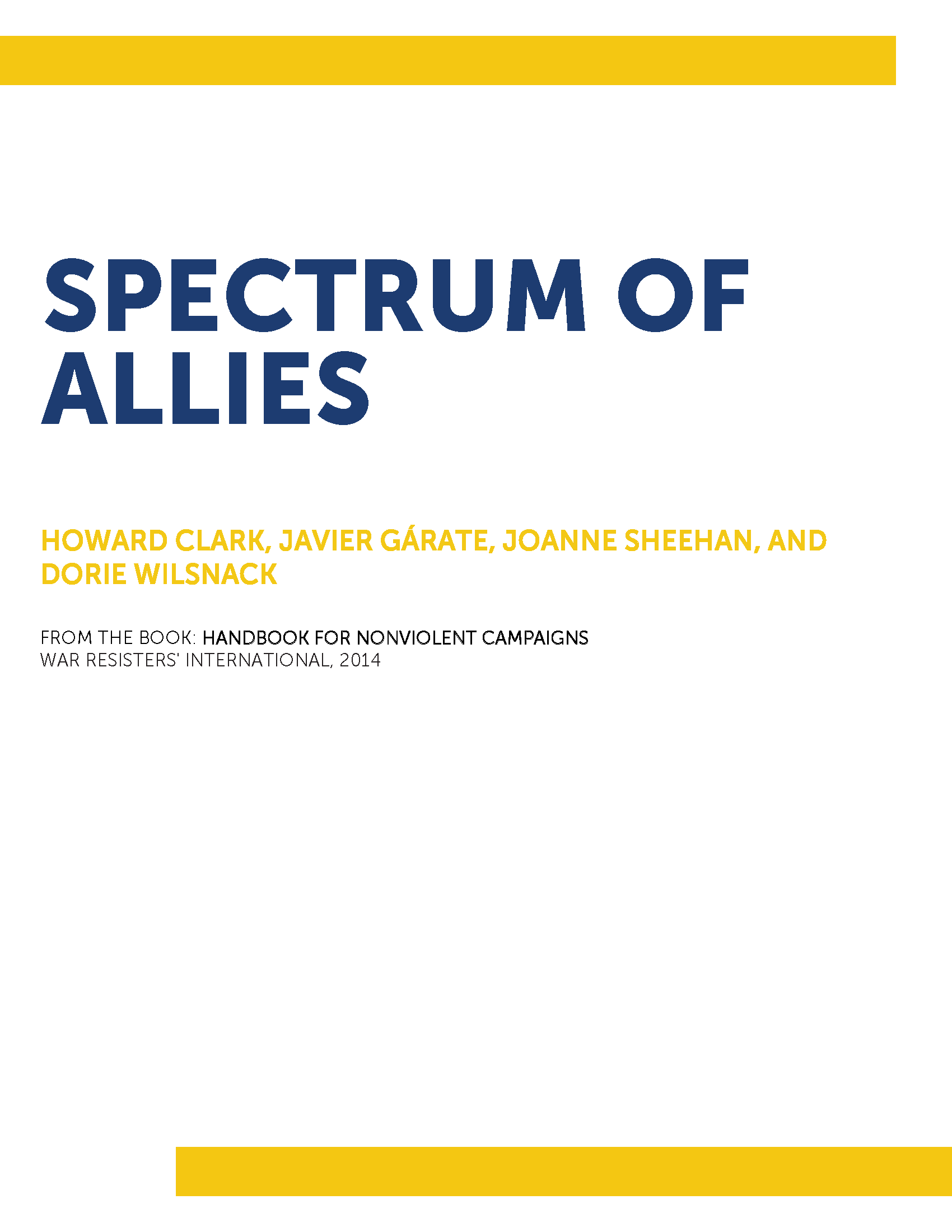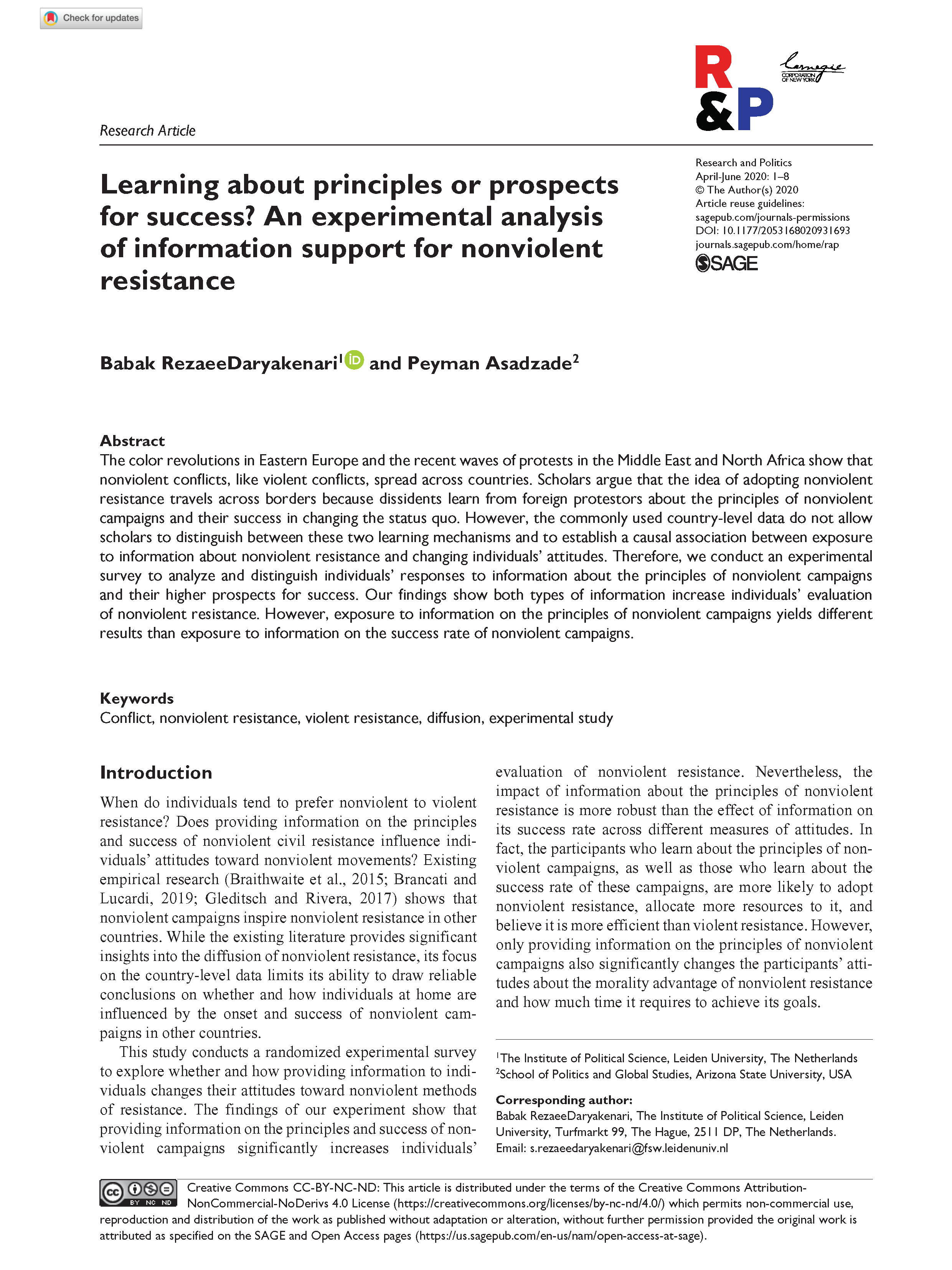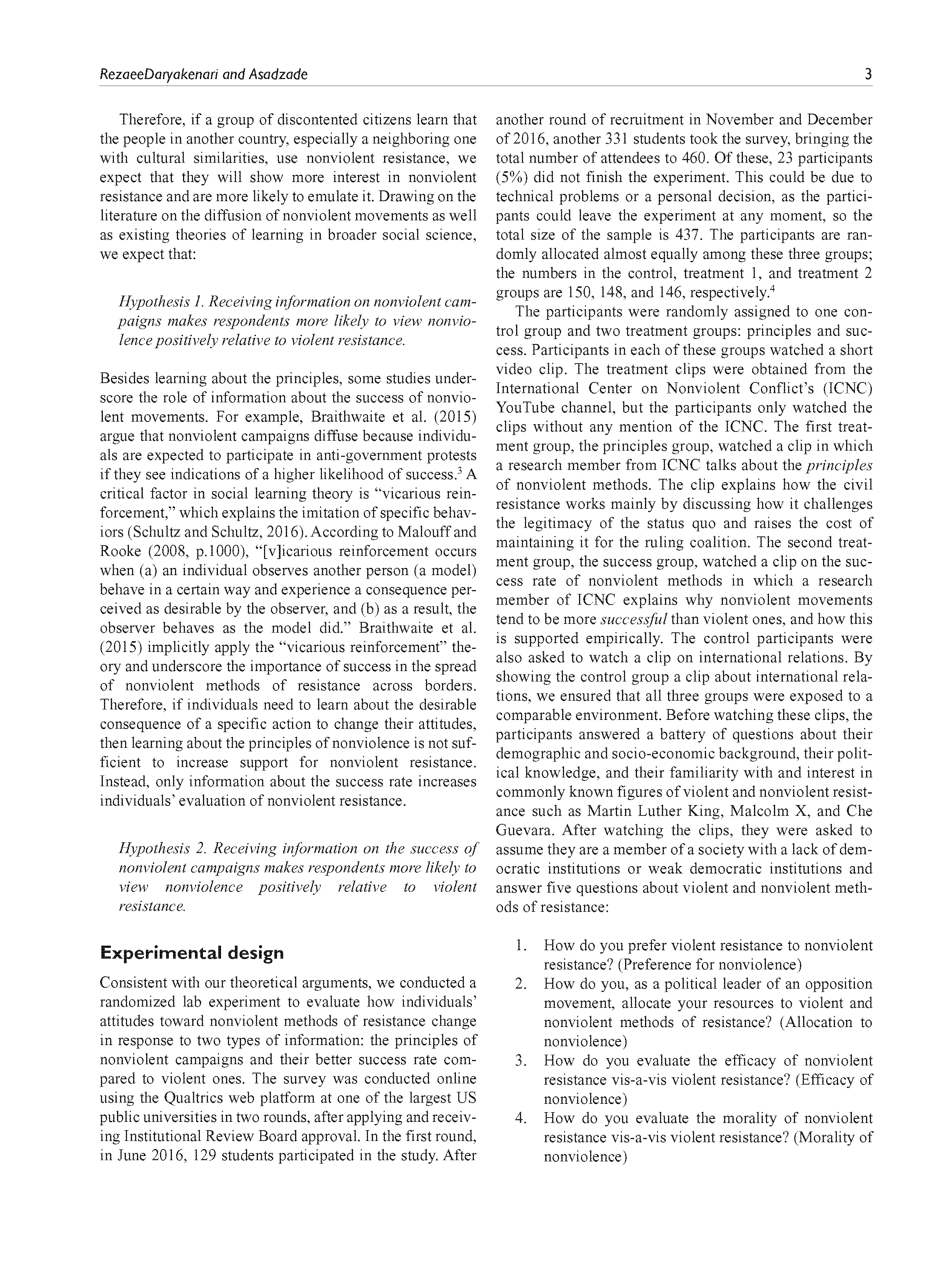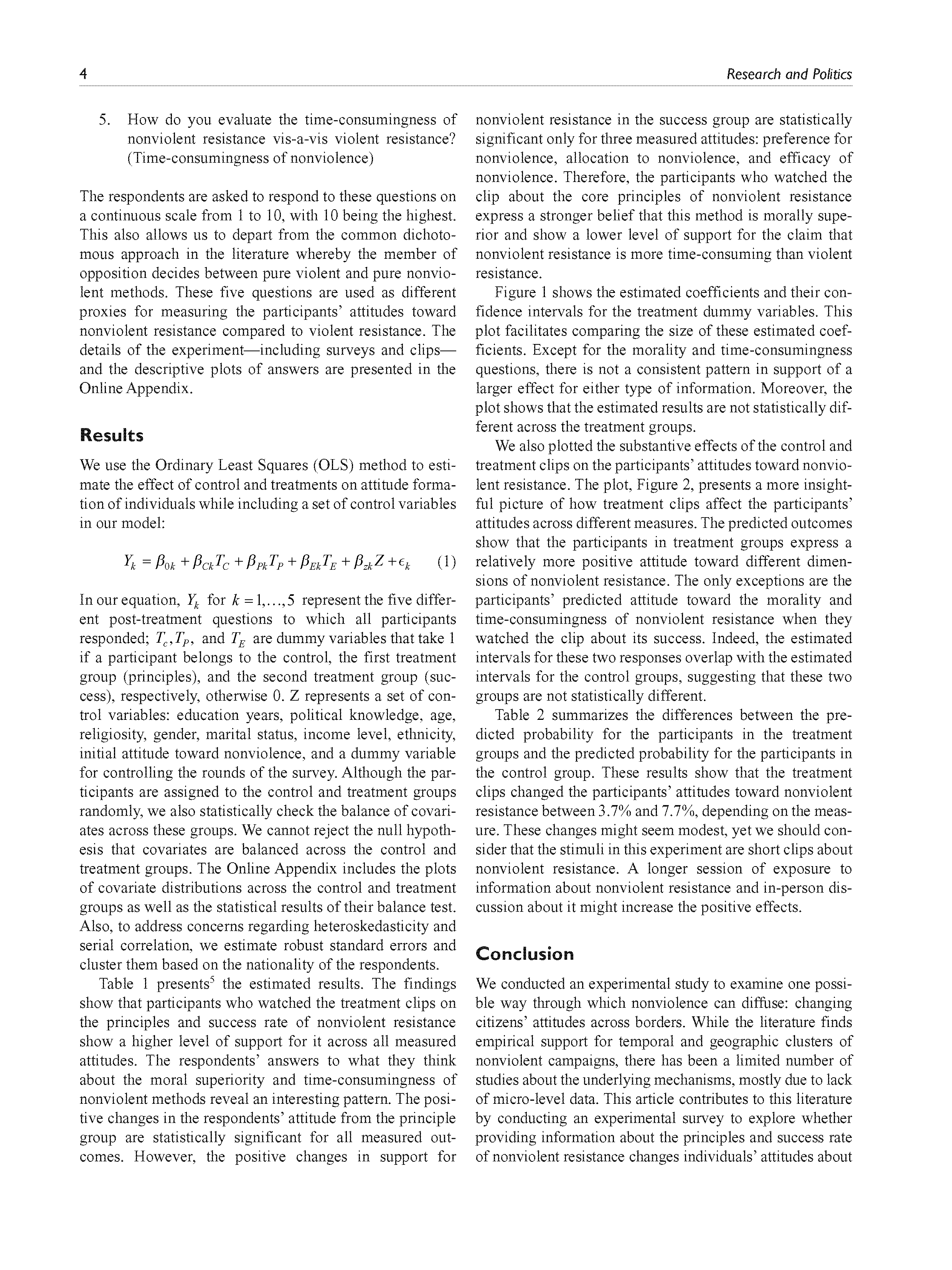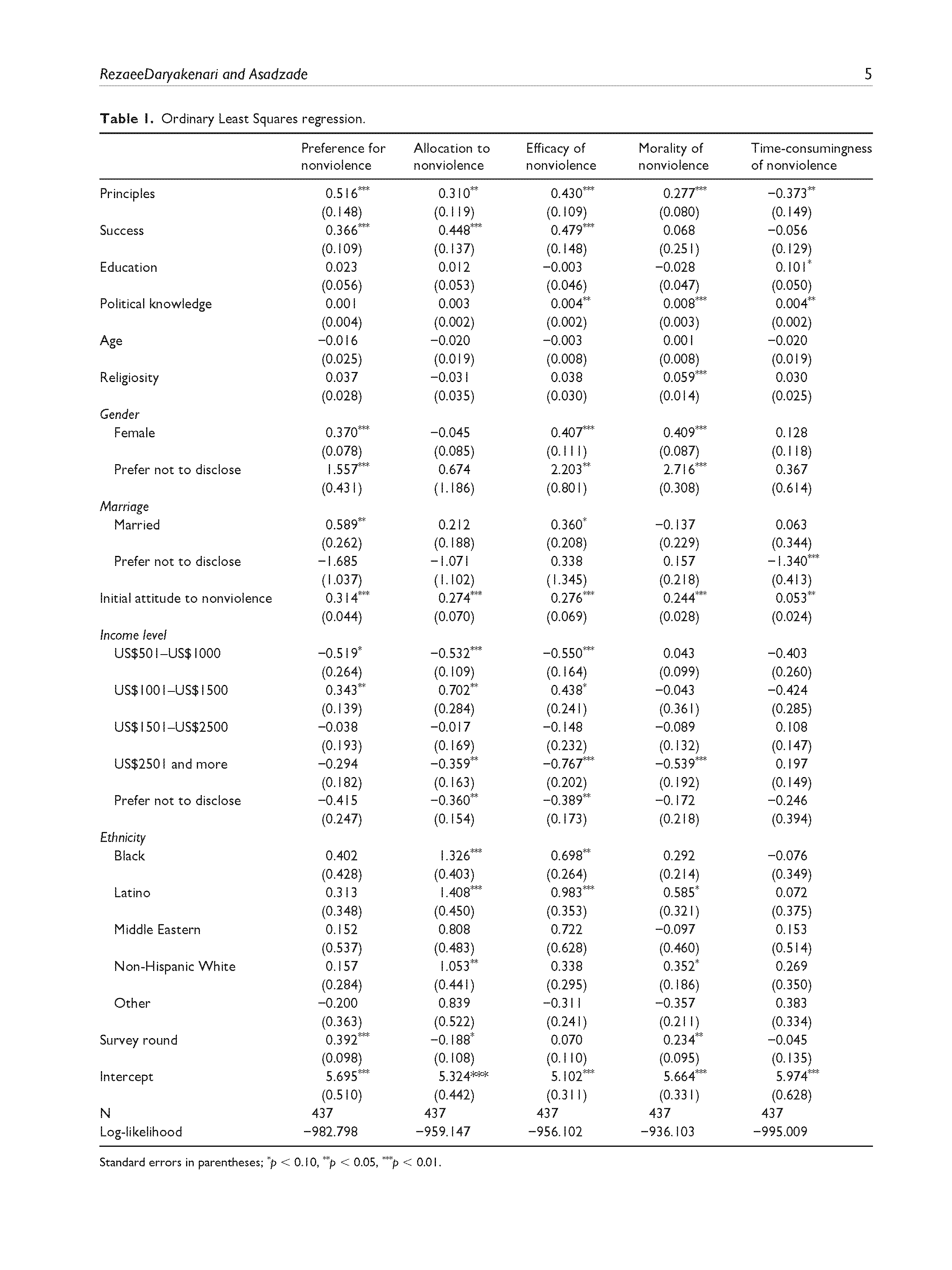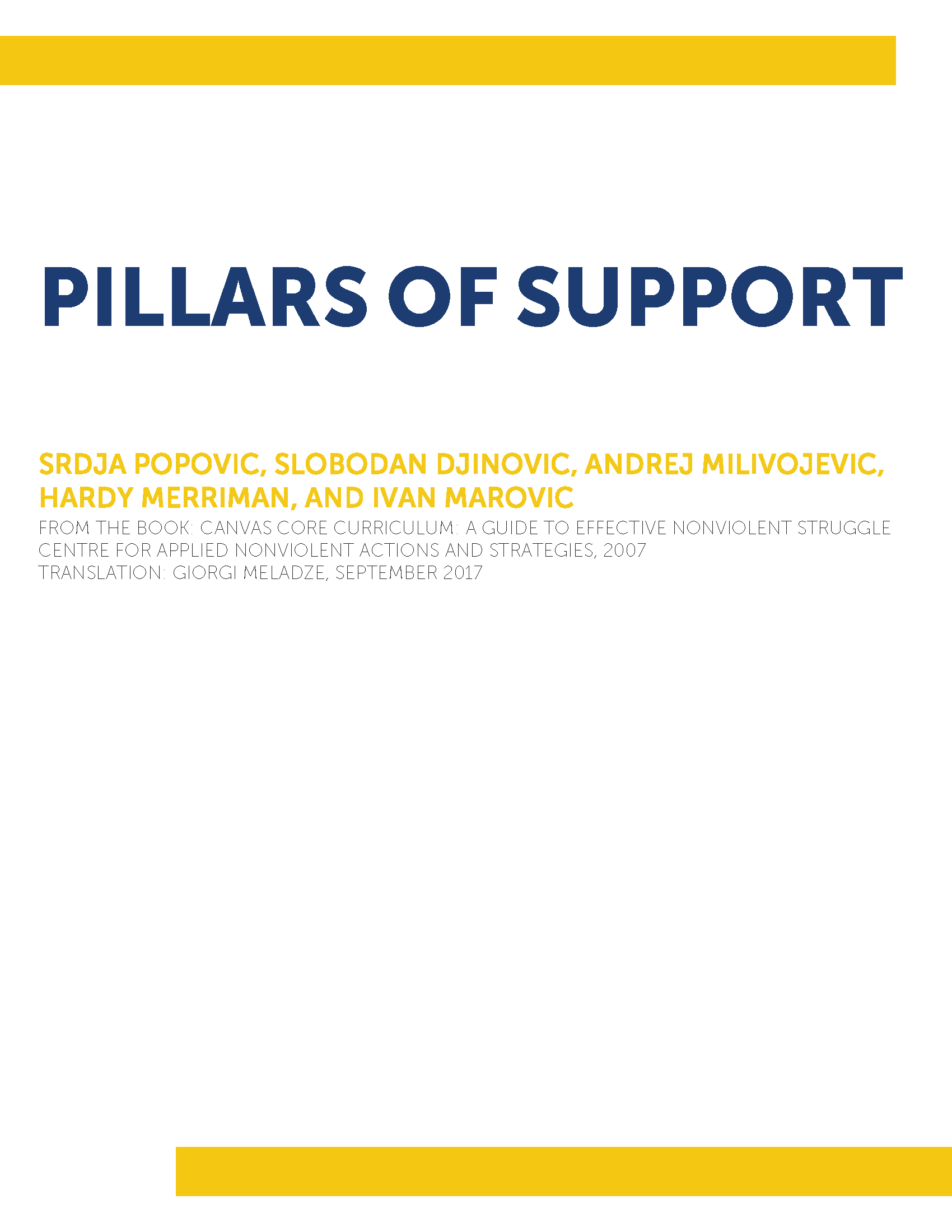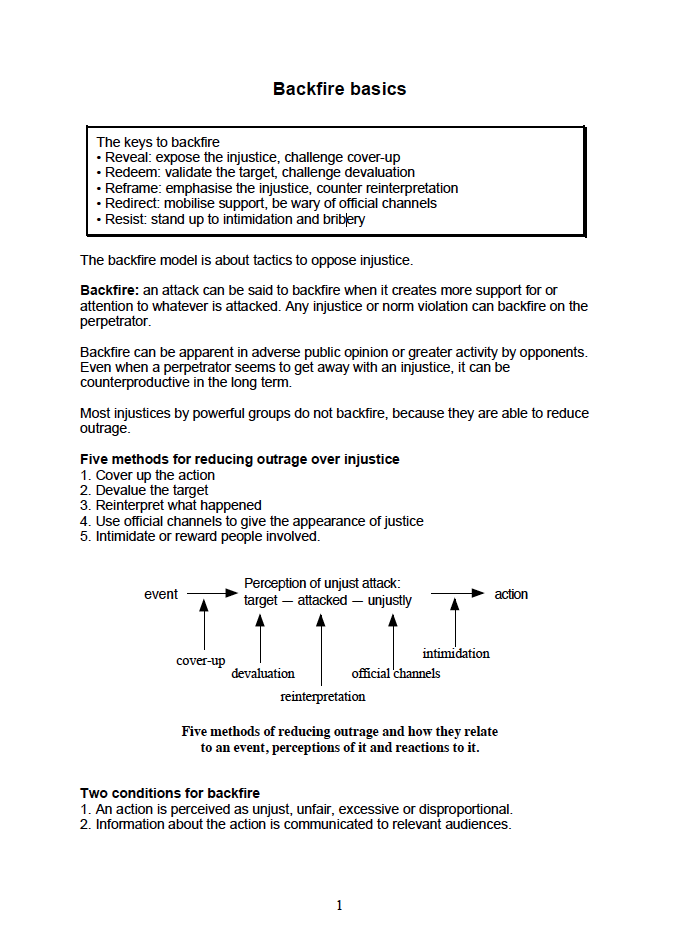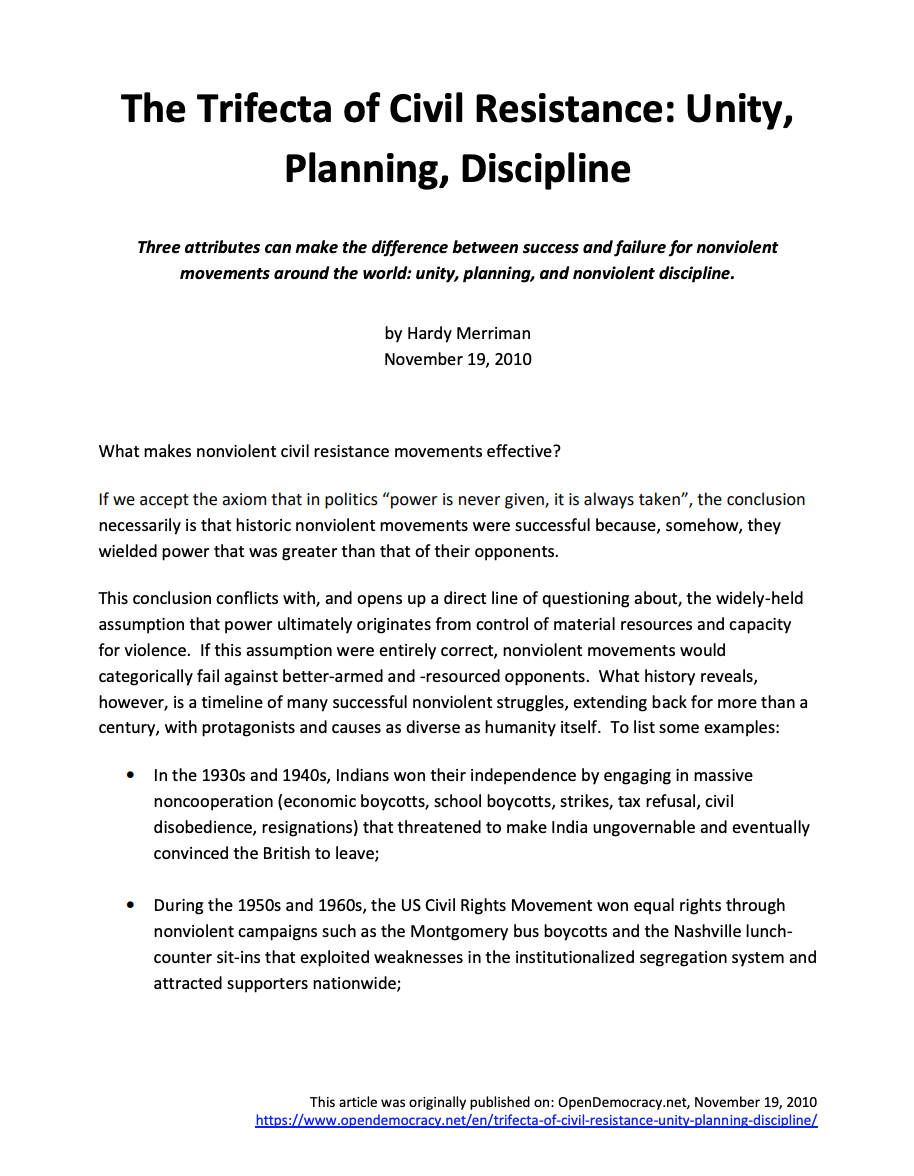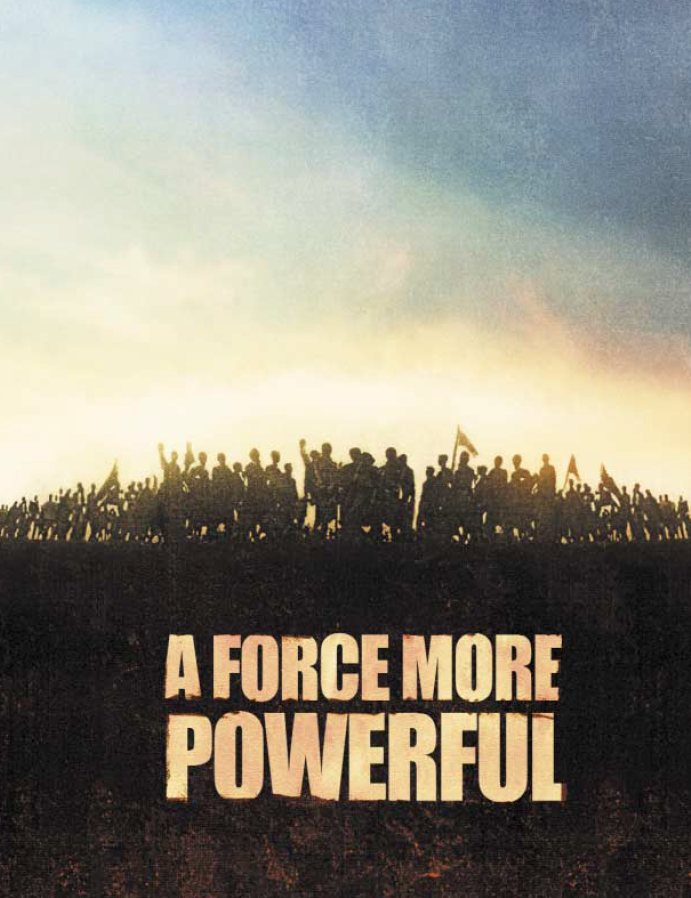Spectrum of Allies
Goal or purpose:
- To understand who our allies and opponents are.
- To learn that tactics need to be planned in relation to how much they do or don’t attract key allies and move people towards being active allies.
- To encourage more optimistic mobilisation efforts through a realisation that it is not necessary to win over the opposition to our point of
view. - To invite people into the fascinating complexity of strategising.
War Resisters’ International, 2014
